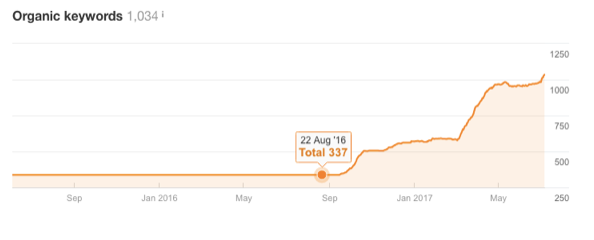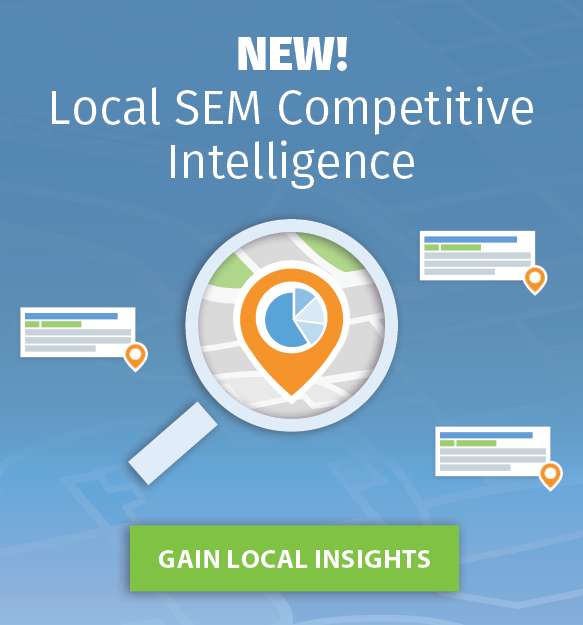No matter how engaging and informative your content is, it’s only worthwhile if people actually see it. Many bloggers and business owners focus on creating great content, but they don’t spend as much time on the amplification process.
In today’s busy online world, it’s not enough to just create great content—you also have to develop an effective amplification strategy to ensure that this content reaches your audience.
Here are just a few content amplification strategies that you can start using today to beef up your viewership:
1. Build and utilize your social following.
If you want to build an audience for your content, one of the best places to start is on social media. The key to successfully marketing your content on your social profiles is to avoid “salesy” language, and instead provide some information on the benefits the content can provide. For instance, let’s say your blog is aimed at working mothers who are looking for ways to make income from home. Instead of a sales pitch about your latest blog post, you could share a quote or provide a blurb that helps your audience better understand how this post will help them address their challenges and needs.
Rather than trying to be everywhere at once, focus on remaining active on the social media platforms that your audience frequents most. Join groups that your ideal readers are active in, and participate in conversations to show your general interest in the topic. Also, make use of relevant hashtags to help new readers find your content.

As you build a social audience, you can also start earning mentions or shares, which will help you expand your audience even further. In order to encourage sharing, make it as easy as possible for readers to share your content directly from your website by including social share buttons and tweetable phrases. You should also work to respond to comments on your blog and any questions or comments that are left on your social media pages. The more communicative you are on your social pages, the more likely you will be to build connections with your following and encourage earned promotions.
2. Work to improve Search Engine Optimization (SEO).
SEO is an important part of amplifying your content. Many people turn to search engines when looking for content that will help them better understand their biggest challenges. When it comes to search engine ranking, many users do not look past the first page. That’s why it’s vital to improve your SEO so that you can improve your search rank and reach new relevant readers.
If you want to rank well, you should focus on creating high-quality content that is optimized for search engines. Be sure to use relevant keywords and phrases that your ideal readers might search for when looking for content on Google and other search engines. You’ll also need to make sure that you pay attention to important metadata elements that can have an impact on your ranking.
Remember, optimizing your content for search engines and improving your ranking takes time. You won’t move to the first page of Google overnight. However, working to improve SEO across your content is a worthwhile endeavor as search engines have become a primary tool for those who are looking for relevant and informational content.
You can use Ahrefs to keep track of your keyword ranking.
 3. Take advantage of email marketing.
3. Take advantage of email marketing.
Email is still a powerful marketing tool for bloggers and businesses that want to promote their content effectively. In fact, email marketing drives more conversions than any other marketing channel. Promoting your new blog posts through email or starting a monthly email newsletter with links to your content is an excellent way to get your blog posts in front of an interested audience.
There are methods to start building your email marketing list. One of the easiest ways to collect email addresses is to create gated content. For instance, you can produce checklists, templates, eBooks, courses, and other informative content that require an email address to download or access. Just be sure to make it as easy as possible for your readers and fans to complete the signup process. Use only as many form fields as necessary.
4. Reach out to influencers.
Influencers are those in your industry who have a large audience of people who look forward to reading their content and updates regularly. As a blogger or business owner, you can work with influencers by persuading them to share your content or mention your brand on their channels. By gaining new exposure on influencer pages, you can work to build an even bigger audience for your own content.
The best way to work with influencers is to start by building relationships with them so that you can earn their trust and respect. You can start a conversation with influencers on social media or through email. Discuss what you find most interesting about their content, and ask any questions you may have about their take on the challenges or hot topics in your industry or niche. Once you’ve started to build a relationship, you can share interesting content that readers may share and mention.
You may also want to share their relevant content on your social media pages or link to content they’ve created in your blog posts. This helps show that you value their content and expertise, supporting a stronger foundation for your professional relationship. If you do link to an influencer’s content in your own content, be sure to reach out and let them know. Influencers will often share content that mentions their work.
 5. Use paid media to boost your reach.
5. Use paid media to boost your reach.
Don’t be afraid to use paid media to promote your content. Though there is a lot that you can do for free, paid channels like social media ads can help take your content amplification to a whole new level. Not to mention, many of these platforms make it easy to get started and don’t always require a huge investment.
Social media channels use an algorithm that controls what content their users see in their newsfeeds. This means that your fans and followers won’t always see the organic content that you post on your blog or company profile. In order to reach more of these viewers and those who aren’t yet fans, you can create paid social media ads that promote your latest content.
Facebook is a great place to get started with content amplification ads. Not only does this social media channel have a huge audience (to the tune of 1.94 billion monthly active users), but it also offers a range of sophisticated targeting capabilities that will help you reach out beyond your current viewership. With Facebook ads, you can target your audience based on location, demographics, behaviors, and even interests. The best part is that Facebook ads are much more affordable than other platforms.
Pay-per-click (PPC) ads through Google AdWords are another great paid media option for amplifying your content—though they require more investment than Facebook. PPC ads are targeted toward relevant keywords. When users type these keywords into the search engine, they will see your ad content right on the search engine results page. PPC ads on Google can help put your content in front of relevant new audiences, especially when you’re still working on SEO.
Final Takeaways
The strategies mentioned here give you a great starting point for amplifying your content and expanding your audience. It’s important to remember that seeing the results of your amplification efforts takes time, and any strategy worth using is worth testing. Before you get started, consider how you will measure your return on investment, and once you find strategies that work, try to find ways to make them even better. You’ll be growing your audience before you know it!
Author
 Andy Beohar is the Chief Inbound Marketing Strategist at SevenAtoms Inc, a San Francisco Digital Marketing and PPC Agency. At SevenAtoms, he manages and develops inbound marketing and Google AdWords strategies for companies with the goal to substantially increase their online visibility, grow their brand and bring in more leads and conversions.
Andy Beohar is the Chief Inbound Marketing Strategist at SevenAtoms Inc, a San Francisco Digital Marketing and PPC Agency. At SevenAtoms, he manages and develops inbound marketing and Google AdWords strategies for companies with the goal to substantially increase their online visibility, grow their brand and bring in more leads and conversions.











